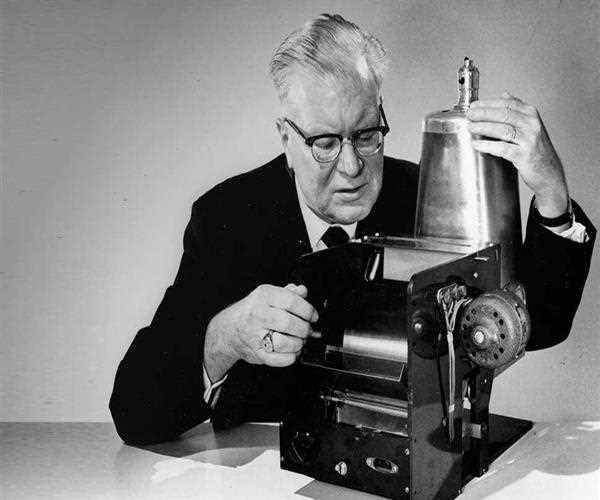The process of ‘Xerography’ was invented by an American Physicist “Chester Carlson” in the year 1938. Xerography is also known as ‘Electrophotography’. It is basically a process which involves a dry photocopying technique. He patented his invention on October 6, 1942. Initially, the technique was named as Electrophotography, while later it was renamed as ‘Xerography’.

Carlson’s innovation is a combination of Electrostatic Printing and Photography; which is different from the process of ‘Dry Electrostatic Printing’ process invented by ‘Georg Christoph Lichtenberg’ in the year 1778. In the initial phase, the process of Xerography was very clumsy which requires many manual activities to finish the process completely. To fully automate the process of Xerography, it took about 18 years to develop the machine. For the fully automatic machine, Carlson invented a 6-step process to transfer the exact image from one surface to another. All the six steps of the process are named as, Charge, Expose, Develop, Transfer, Fuse, and Clean.
His success story in the invention of Xerography was filled with many failures. More than 20 companies have turned down his funding proposal for the invention of Xerography in the time period of 1939 to 1944. Whereas, the IBM (International Business Machine) the great vendor of office equipment didn’t get interested in his Xerography invention and support him to develop an updated version of the machine by providing him some financial aid.
In 1968, Chester Carlson was ranked among the wealthiest people in America by the ‘Fortune Magazine’, as his invention was successful and received royalty over each Xerox of the page. And he donated his wealth i.e. over $150 Million for the Charitable cause before his death. He even did anonymous donations to help people who are interested in research work. Then, later he died with a heart attack on 19 September 1968, in the Festival Theatre, on West 57th Street in New York.